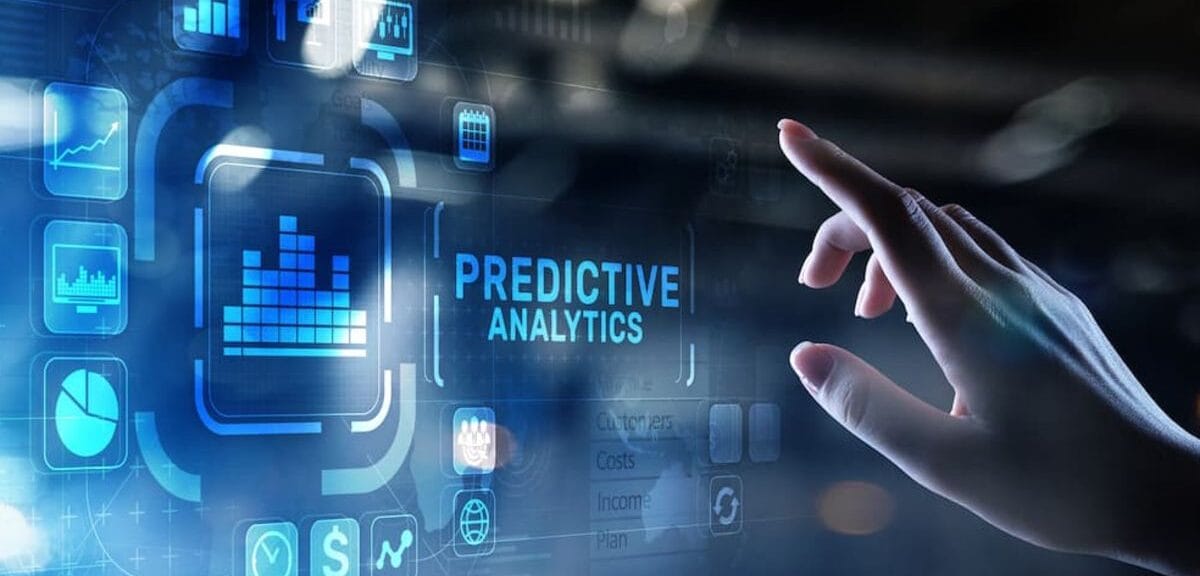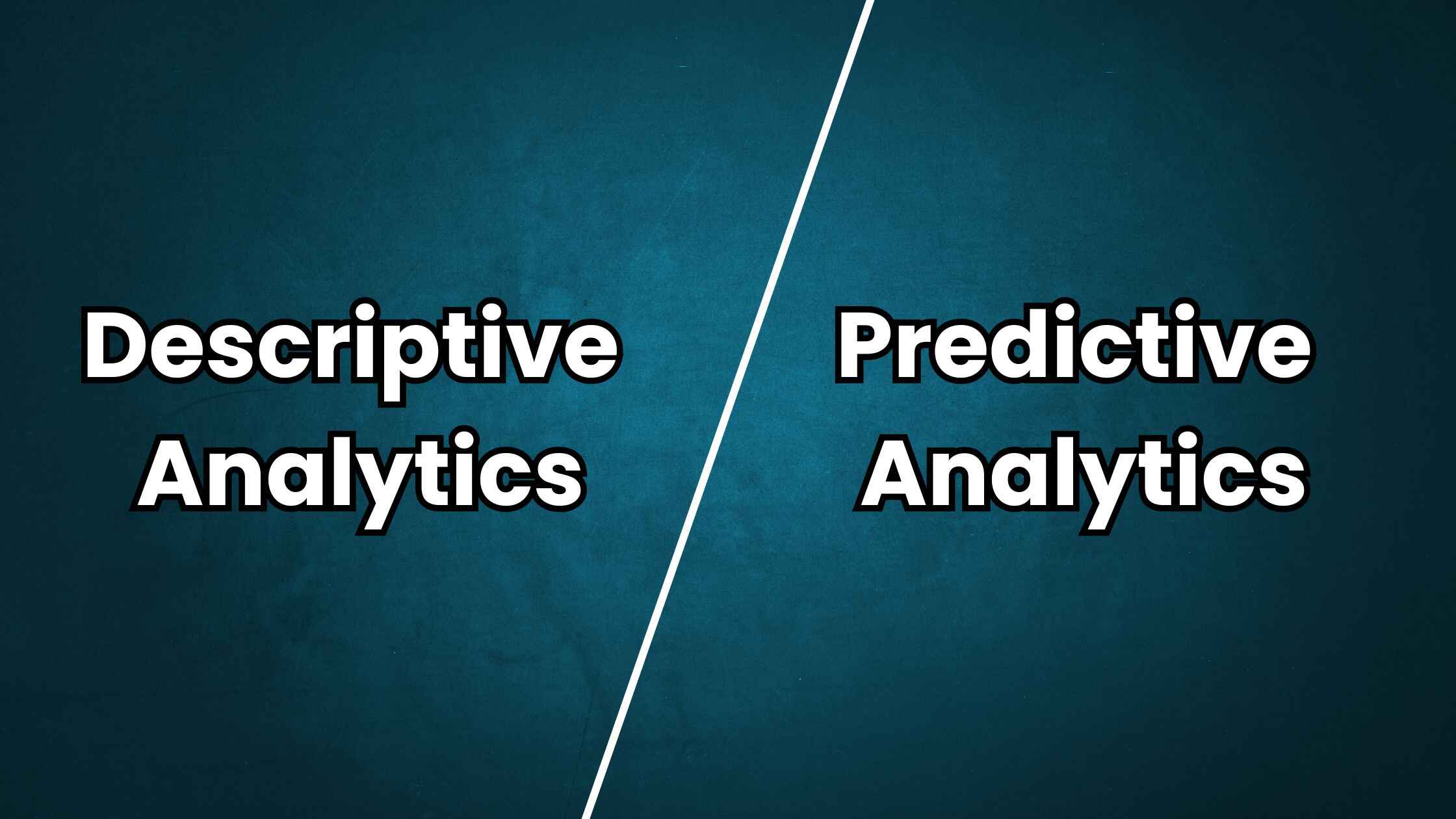Ever wondered about the difference between descriptive and predictive analytics? These two powerful data analysis approaches help businesses make sense of their information in different ways.
Think of descriptive analytics as looking in the rearview mirror, it shows you what already happened. On the flip side, predictive analytics is like having a crystal ball that helps you peek into the future and forecast what might happen next.
In this guide, we’ll break down both types of analytics in simple terms. You’ll learn how they work, their key differences, and when to use each one to make better business decisions.
Table of Contents
- Understanding Descriptive Analytics
- Understanding Predictive Analytics
- Key Differences Between Descriptive and Predictive Analytics
- When to Use Each Type
- Conclusion
Understanding Descriptive Analytics

Descriptive analytics is like looking at your business’s history book. It helps you understand what happened in the past by organizing and summarizing data into easy-to-understand information.
Think of it as checking your monthly bank statement. Just like how your statement shows how much money you spent and where you spent it, descriptive analytics shows your business’s past performance through numbers and charts.
For example, a retail store used descriptive analytics to see their best-selling products last month, total sales made, and the busiest days. This helps them understand their business better and make informed decisions.
Simple tools like Excel spreadsheets and basic dashboards are commonly used for descriptive analytics, making it perfect for beginners in data analysis.
Understanding Predictive Analytics

Predictive analytics is like having a weather forecast for your business. It uses past data to make educated guesses about what might happen in the future.
Imagine you’re planning a birthday party. You look at past parties to guess how many people might come and how much food you’ll need. Predictive analytics works the same way for businesses.
For instance, an online store can predict which products will be popular next month based on past sales patterns, upcoming holidays, and current trends. This helps them stock up on the right items at the right time.
These predictions aren’t perfect, but they help businesses prepare better for what’s likely to come. Companies use special software and statistical tools to make these forecasts.
Key Differences Between Descriptive and Predictive Analytics

Let’s break down the main differences between these two types of analytics in simple terms:
Time Focus
- Descriptive Analytics: Looks at the past (what has already happened)
- Predictive Analytics: Focuses on the future (what might happen)
Purpose
- Descriptive Analytics: Summarizes and explains past events
- Predictive Analytics: Makes forecasts and estimates future outcomes
Data Requirements
- Descriptive Analytics: Needs historical data only
- Predictive Analytics: Needs both historical data and current trends
Complexity
- Descriptive Analytics: Simpler to use and understand
- Predictive Analytics: More complex, requires advanced tools
Business Examples
- Descriptive Analytics: Monthly sales reports, customer behavior analysis
- Predictive Analytics: Sales forecasts, risk assessment, trend predictions
Skills Needed
- Descriptive Analytics: Basic data analysis and spreadsheet skills
- Predictive Analytics: Statistical knowledge and specialized software skills
Cost
- Descriptive Analytics: Usually less expensive, uses basic tools
- Predictive Analytics: More expensive, requires advanced software
Results
- Descriptive Analytics: Shows clear, factual information
- Predictive Analytics: Provides estimates and probabilities
When to Use Each Type
Here are the situations when to use descriptive analytics and Predictive analytics:
Best Times to Use Descriptive Analytics:
- When you need to understand past performance
- Creating monthly or yearly business reports
- Tracking sales and revenue history
- Understanding customer buying patterns
- Making simple data-based presentations
- Checking employee performance records
- Analyzing website traffic history
For example, a coffee shop owner uses descriptive analytics to see which drinks sold best last summer. This helps them understand their customers’ preferences.
Best Times to Use Predictive Analytics:
- Planning for future inventory needs
- Forecasting upcoming sales
- Predicting customer behavior
- Estimating future market trends
- Preventing potential problems
- Making strategic business decisions
- Planning marketing campaigns
Think of a clothing store using predictive analytics to guess which winter jackets will be popular next season. This helps them order the right styles and quantities.
Choosing Between the Two:
- Use descriptive analytics when you need clear facts about the past
- Choose predictive analytics when you need to plan for the future
- Sometimes, you might need both – using past data to make better future predictions
- Small businesses often start with descriptive analytics and grow into predictive analytics
- The choice also depends on your budget and available tools
Remember: Both types are valuable, but they serve different purposes. Pick the one that best fits your current business needs and goals.
Conclusion
In conclusion, understanding the difference between descriptive and predictive analytics is crucial for making better business decisions. While descriptive analytics helps you understand what happened in the past, predictive analytics guides you in preparing for the future.
Think of descriptive analytics as reading your business’s history book and predictive analytics as looking through a telescope into tomorrow. Both tools are valuable, you just need to know when to use each one.
Remember, start with descriptive analytics to understand your current position, then move to predictive analytics when you’re ready to forecast future trends. Together, they form a powerful toolkit for business success.

